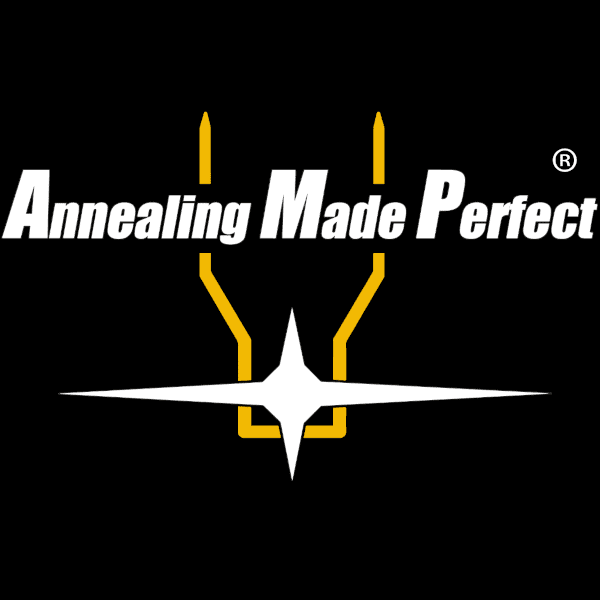Kmccord
Well-Known Member
To all that have an Annealeez, I received my unit Saturday, trying to familiarize myself with it, but I am having a difficult time figuring out the "Function" sets. Are you guys setting each Function to a specific value, then on the run setting, just dialing down or up to a specific speed? I really am not getting how those Function settings work when operating the unit. I have some 6.5 Creed and 28 Nosler, I figured I would work the Creed first before changing out my wheels for the 28. Are you guys going in a dark room and timing your brass based on when the neck glows and backing off a little to the point the neck is not glowing? I understand some use Templaq, but I am not, read where that stuff is not truly annealing based on the paint running or turning clear. Any feedback with people that use this unit would be greatly appreciated. I was really expecting a run timer for the digital keypad, but it is broken down into Percentages, instead of seconds in the flame.

